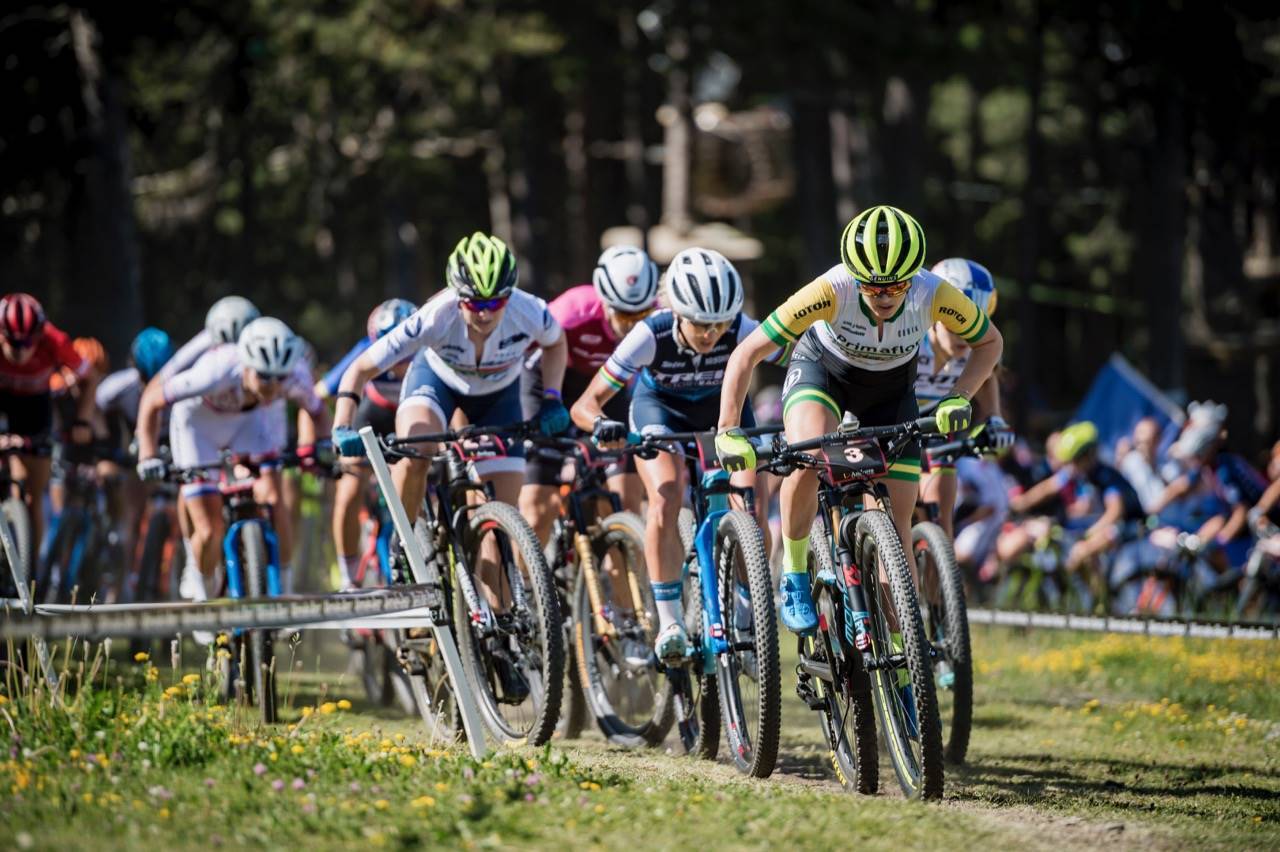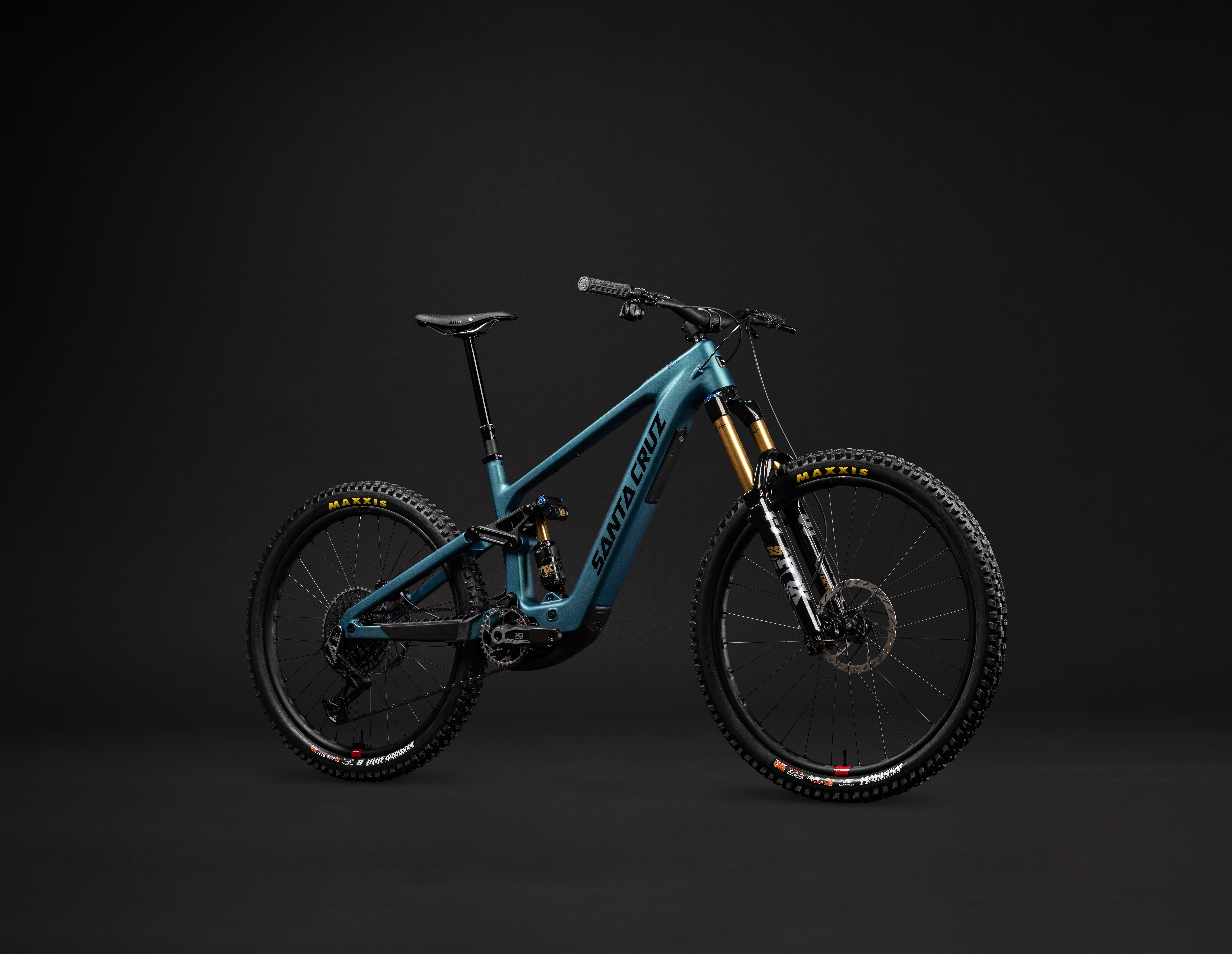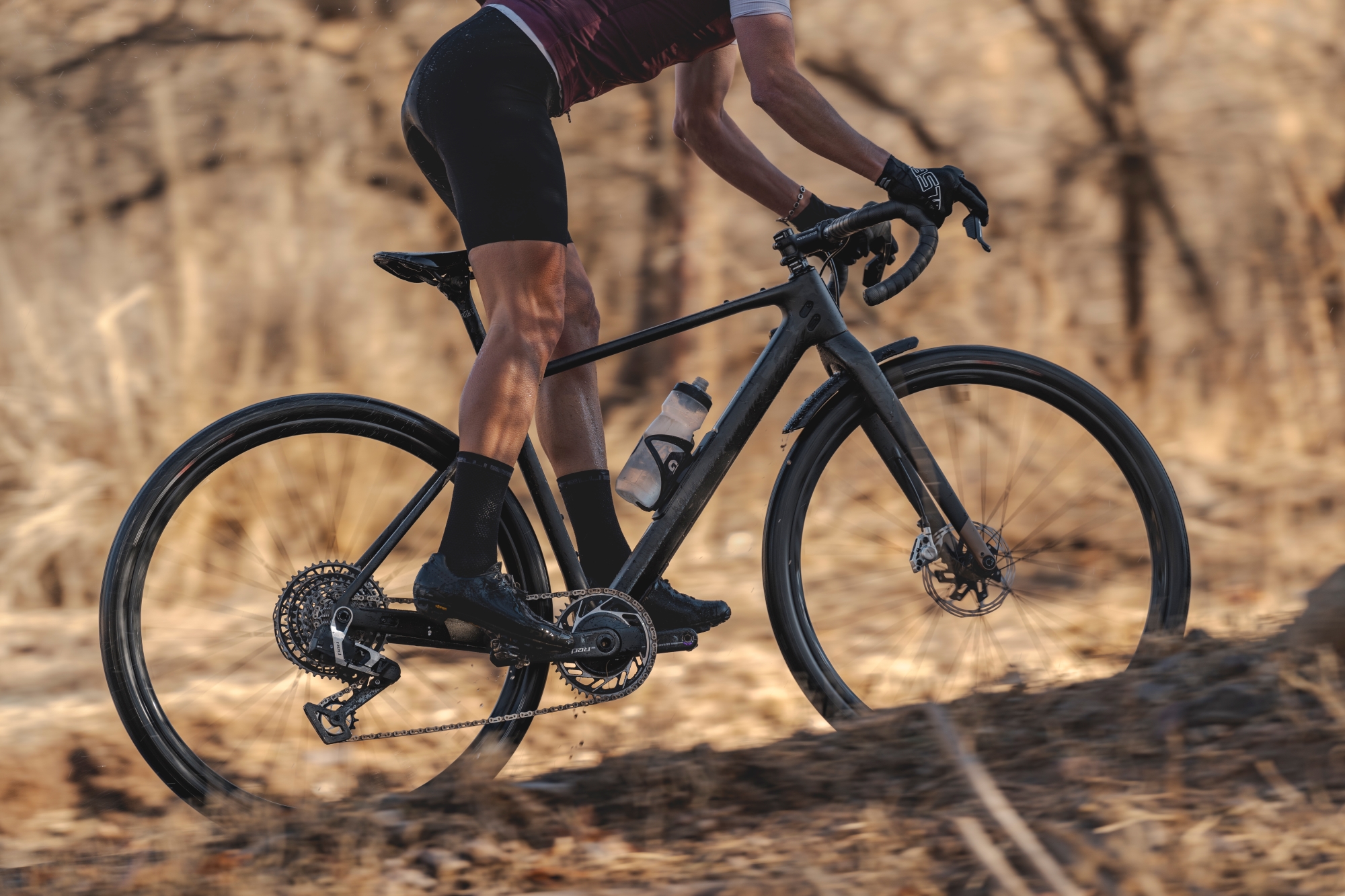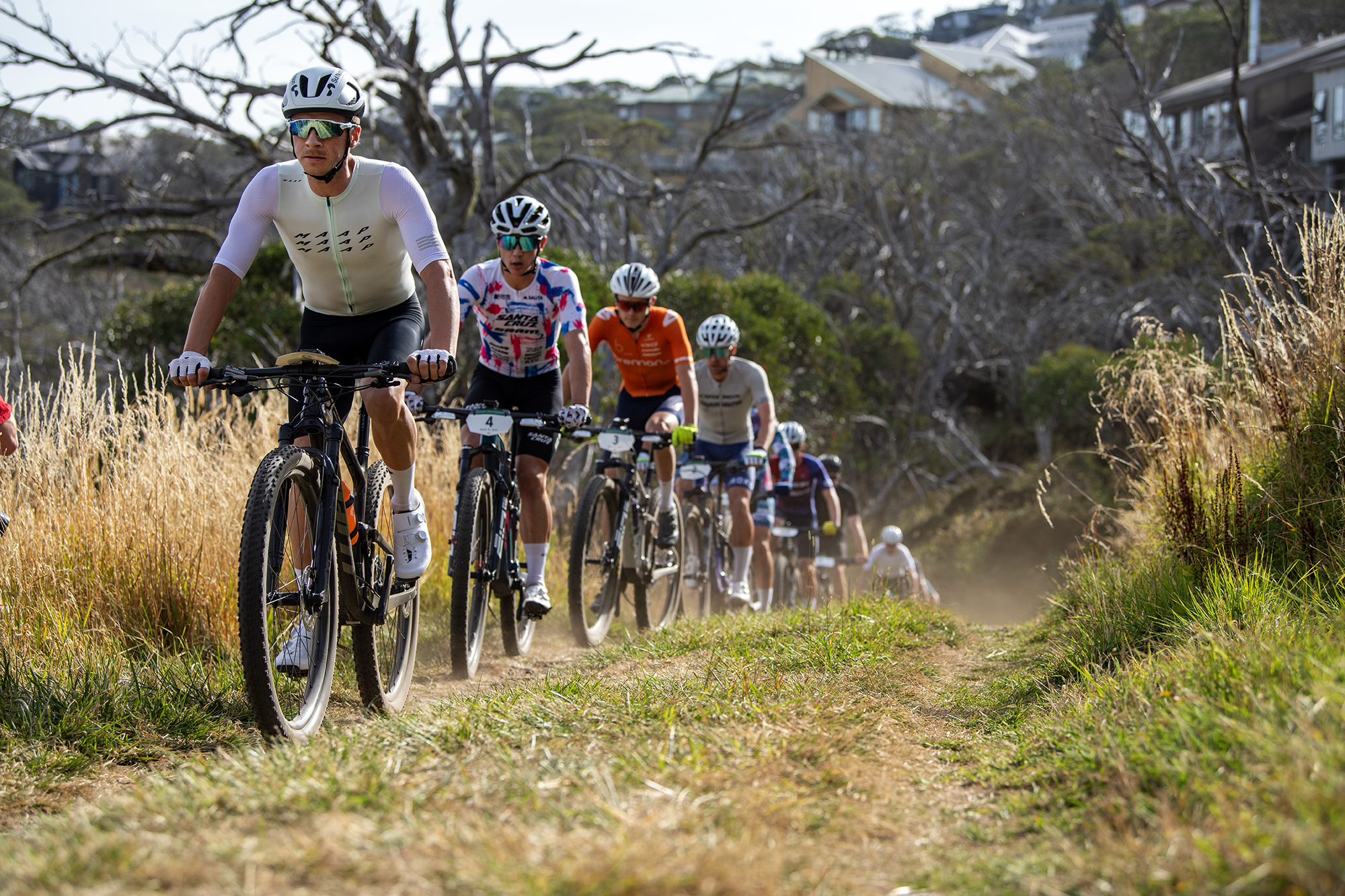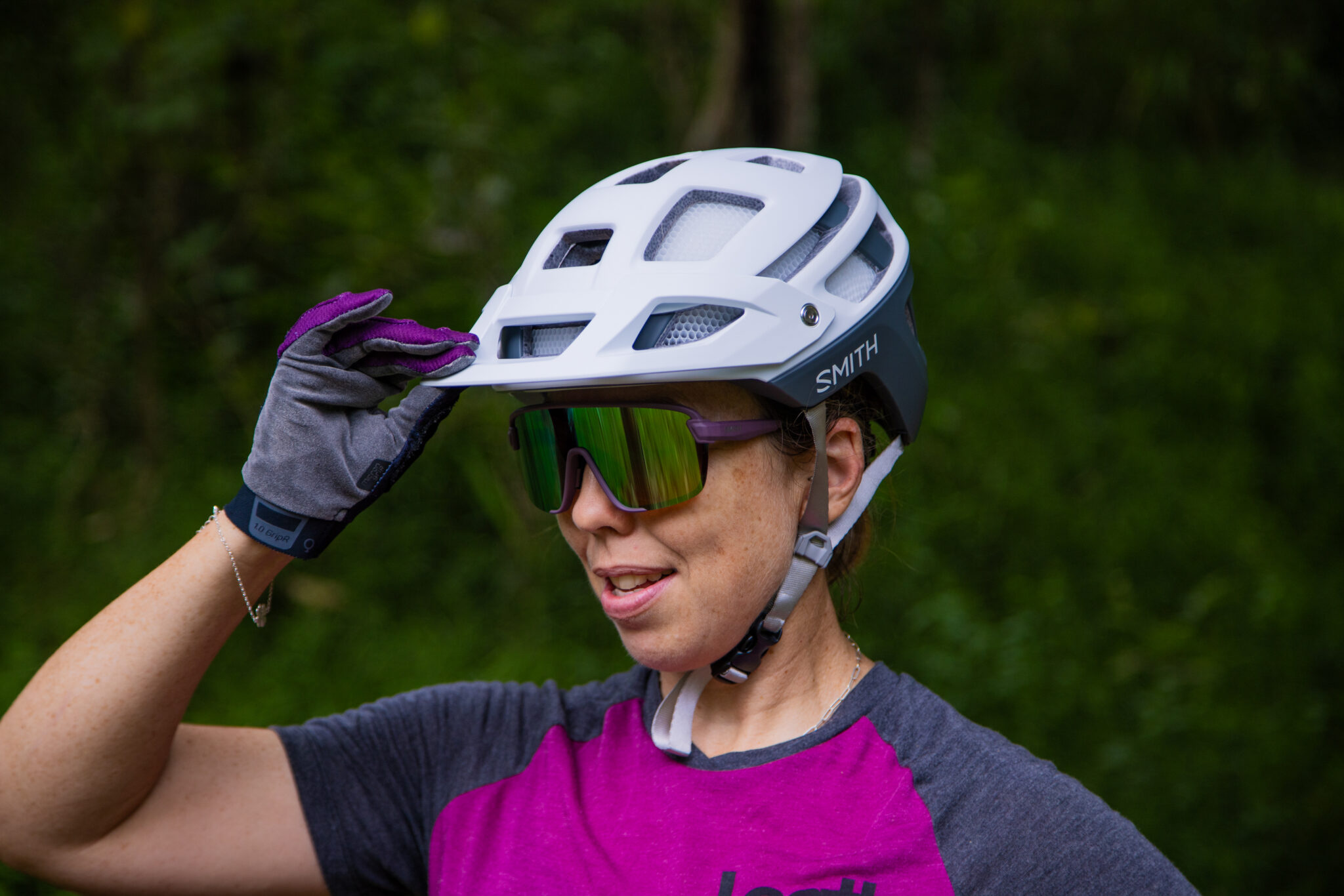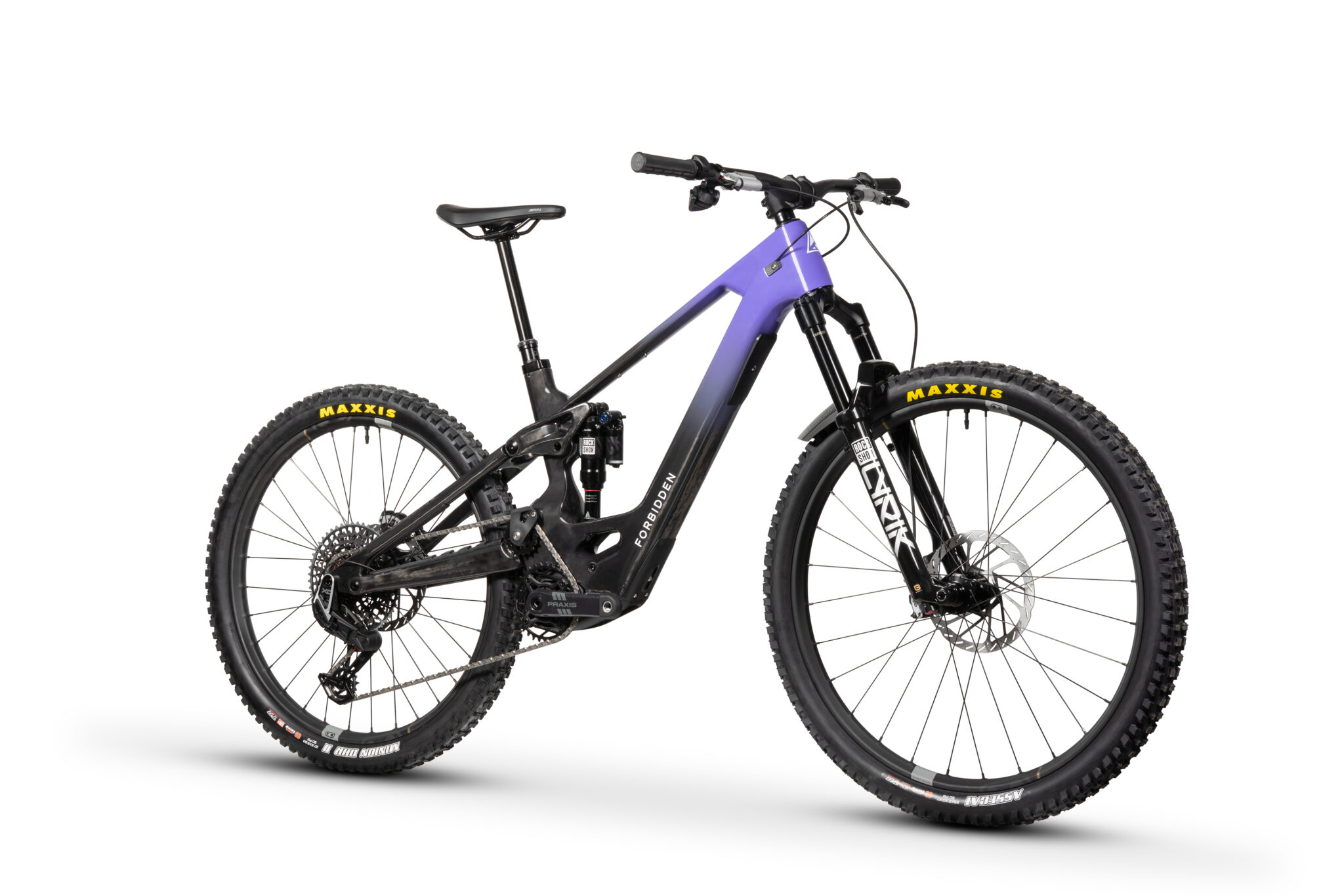Fitness: Can you take the pain?
Learn how to handle the pain!
Words: Anna Beck Photos: Phil Gale
Dr Tim Noakes MD was the first to introduce the concept of the central governor theory: which posits that fatigue and reduced performance is wholly managed by the brain (the centre) as a protective mechanism against physical damage, prior to damage occuring. Noakes put forward a model of fatigue that had all athletes never quite reaching their potential due to the brain’s ongoing need to maintain equilibrium or homeostasis. How else could exhausted marathon runners surge towards the end of a maximal effort event?
The earlier focus of fatigue was the peripheral model, understood as events related to an inefficient tissue oxygen delivery, metabolic accumulation, muscular acidosis and muscle substrate depletion[1]. This theory began in the 1920s, and was ‘validated’ by experimental trials to exhaustion in which oxygen was administered, increasing time to exhaustion. This theory stated that lack of oxygenation to muscles was the main cause of fatigue and pain in exercise: pain equals damage at the onset of pain.
In all likelihood, there are many sources of fatigue that likely involve both central and peripheral effects. Reduced glycogen and increased temperatures being just two measurable physiological markers that can suffer result in feeling the effects of fatigue or pain in sport.
[1] Lima, F. D. R. D., Brietzke, C., Franco-Alvarenga, P. E., Asano, R. Y., Viana, B. F., Santos, T. M., & Pires, F. O. (2018). Traditional Models Of Fatigue And Physical Performance. Journal of Physical Education, 29(1). doi: 10.4025/jphyseduc.v29i1.2915
[2] Tesarz, J., Schuster, A. K., Hartmann, M., Gerhardt, A., & Eich, W. (2012). Pain perception in athletes compared to normally active controls: A systematic review with meta-analysis. Pain, 153(6), 1253–1262. doi: 10.1016/j.pain.2012.03.005
[3] Jones, M. D., Booth, J., Taylor, J. L., & Barry, B. K. (2014). Aerobic Training Increases Pain Tolerance in Healthy Individuals. Medicine & Science in Sports & Exercise, 46(8), 1640–1647. doi: 10.1249/mss.0000000000000273.
I’m a wuss, now what?
The good news about your sore legs and last lap dive-bomb in a race is that all these effects can be mitigated by training. That’s right; just as we train the legs and body for performance, we are training our pain threshold and perception of discomfort as well[1]. And it doesn’t take any specific ‘pain tolerance’ testing. You can increase your pain tolerance by completing hard intervals that are specific to your own discipline.
In a study of individuals that took part in a dedicated cycling training regime vs their normal exercise regime, those that took part in structured training completed three sessions of 30mins at 75% of VO2 max for a six week period. The control group just went about their business without structured training. When it came time to test them, researchers inflated a blood pressure cuff around their arm to occlude blood flow and stimulate a pain or discomfort (both prior to and after the training intervention). No noticeable changes came from the control group but >80% of participants in the training group increased their tolerance time[2].

Mental Training for Pain Tolerance
While I am not claiming to be a psychologist, I do use a few great tips and tricks to work on with athletes to help manage the discomfort of racing, which leads to lower levels of distress and better race outcomes.
1. Practice acceptance
Those who accept the pain as a process of endurance activity have better outcomes compared to those who fight the pain, dissociate from it, or have a negative attitude towards pain. Using your brain through the hard sessions to welcome training-related pain as a result of workload, and create a healthy relationship of acceptance with pain can do wonders for performance.
2. Use some mantras
When the going gets tough, some athletes notice that negative thoughts slip in and try to undermine your effort. A good way to combat this is to come up with a few race mantra options, phased positively. Sometimes it will be a simple phrase “you can do it” or ‘keep going” can just add that extra percent of output and motivation to keep racing positive when the going gets tough.
3. Meditation
Similarly, meditation has been found to reduce the unpleasantness associated with pain and distress. While–like training–it doesn’t reducing the intensity of the discomfort felt, meditation regularly leads to greater emotion regulation and reduced perception or importance of noxious stimuli[3].
4. Emphasise recovery
Pain gets unbearable when other things are going on in our life, if we are unduly tired, or overtrained. A key part of being able to tolerate training-related discomfort is being well rested and ready to complete the key sessions.
[1] Tesarz, J., Schuster, A. K., Hartmann, M., Gerhardt, A., & Eich, W. (2012). Pain perception in athletes compared to normally active controls: A systematic review with meta-analysis. Pain, 153(6), 1253–1262. doi: 10.1016/j.pain.2012.03.005
[2] Jones, M. D., Booth, J., Taylor, J. L., & Barry, B. K. (2014). Aerobic Training Increases Pain Tolerance in Healthy Individuals. Medicine & Science in Sports & Exercise, 46(8), 1640–1647. doi: 10.1249/mss.0000000000000273.
[3] Perlman, D. M., Salomons, T. V., Davidson, R. J., & Lutz, A. (2010). Differential effects on pain intensity and unpleasantness of two meditation practices. Emotion, 10(1), 65–71. doi: 10.1037/a0018440
Physical Training for Pain Tolerance
The good news is that if you are already riding or training, you’re partially on the way to physically training your pain tolerance. Pushing through a hard ride? That’s building pain tolerance. Completing all 4x10min threshold efforts? That’s building pain tolerance.
There are a few types of workouts that are specifically planned to test the mental mettle, and as such are great options to proactively train your capacity to manage discomfort.
These two workouts have been designed to be specific to a race build phase for Cyclocross, Gravity Enduro or Cross country; and Marathon/Road, respectively.
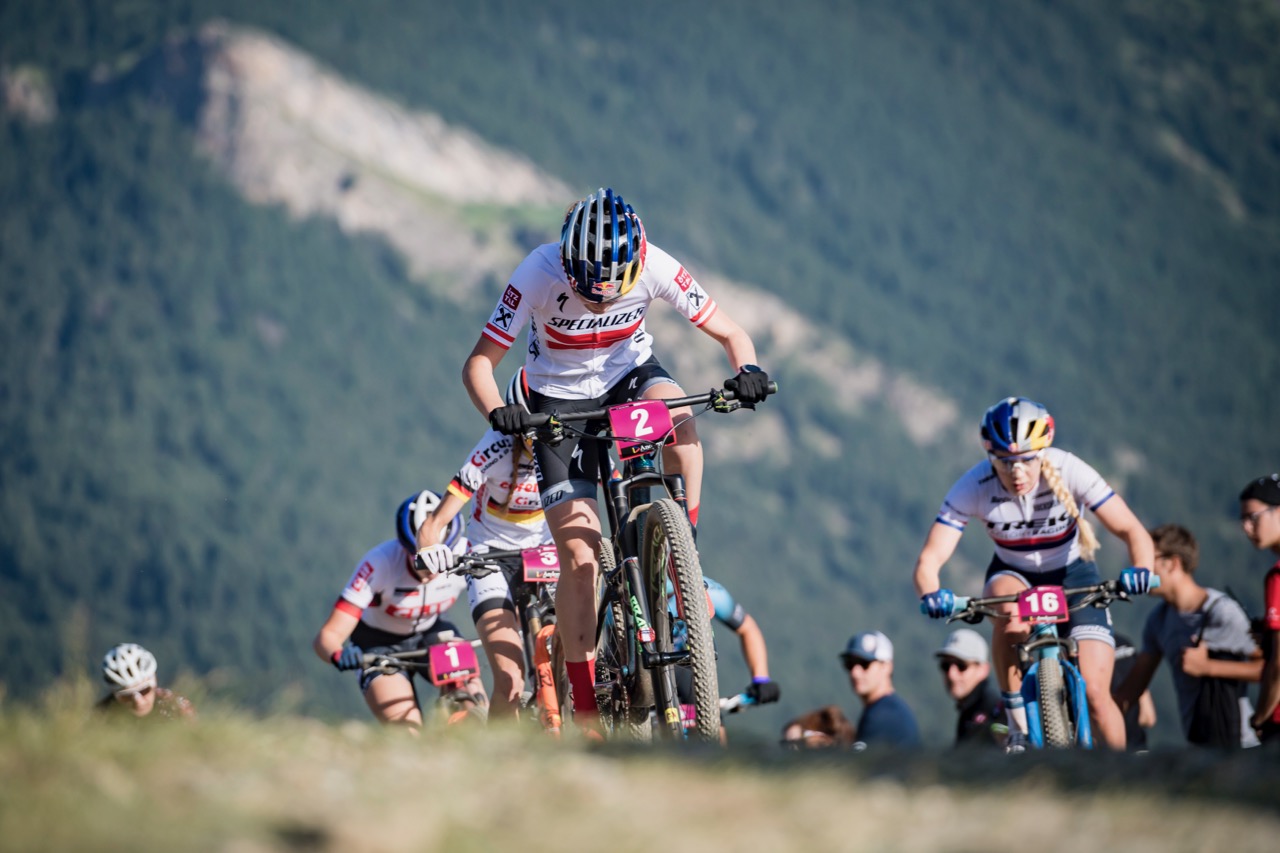
30:15s: Highway to Hell (XCO/CX/GE)
This session has been published in the indoor session guides previously, however a new study has recently been released validating the earlier studies comparing the effects of steady state VO2 and this type of ‘micro-burst’ workout, this time with elite athletes rather than a general population. Guess what? It was once again found to be more successful in increasing power output at 5min and 40min duration than steady state efforts[1].
Three sets of 13x30sec on/15sec off (total work time, 9min) followed by 3min recovery.
This is delightfully simple yet extremely taxing. Just like a mountain bike race or cyclocross race, this session not only hits you hard in VO2 max, it replicates constant, hard bursts of power. This is a great session to increase pain tolerance and work on implementing mental training to accept discomfort in training.
These efforts are at or greater than 120% FTP, but because of the duration of the effort being short it’s easier just to think “full gas” for these.
JAWS Subthreshold Climbs (XCM)
If you’re a marathon racer, it’s likely you’re well acquainted with long sub-threshold efforts. Much of marathon racing will be spent in this zone so training here, and becoming comfortable with the long-burn of marathon racing leg-fatigue is key to marathon success.
This particular session would be very beneficial to do in late build prior to a taper for a longer event, and will be challenging for the diesel engine who is comfortable riding sub threshold for long durations. These start comfortably and speed into a crescendo, mimicking the harder mid-climb efforts that can be encountered in marathon racing, while fluidly moving between sub threshold and threshold zones.
The workout starts with 90min of endurance and tempo zone riding, followed by 4x15min sub threshold efforts with 3min recovery intervals. Where it gets interesting is the second, third and fourth effort feature two, three, and four surges of threshold riding towards the end, respectively, essentially working towards an under-overs session in a fatigued state (with a surprise at the end of number four!).
Though this is an aerobic session it’s incredibly taxing, marrying marathon-intensity efforts within an endurance ride. Prepare well for this one by being fresh and ready for the workload, and ensure you take nutrition representative of race day in your snack bag.
The pain to watch out for
While I am a huge fan of training that discomfort, there are some red flags that shouldn’t be pushed through.
– Unusual musculoskeletal pain, especially unilateral (ie: sudden onset knee pain etc). Remember: pain is a protective warning to the body, and pushing through this type of pain could have you headed for an injury!
– Pain that is associated with visual disturbances or other seemingly random effects on the body: blurred vision, dizziness, light headedness, incontinence, or excessive vomiting. Sometimes short, hard efforts can make you nauseated.
– Chest pain/dizziness that’s linked to excessively high heart rate that won’t reduce with recovery. In rare cases like this chest pain could be caused by an arrhythmia that can be life threatening, which can be triggered by caffeine, dehydration, excitement: a whole host of things. Stop pedalling and get emergency help if the heart rate doesn’t rectify itself.
Pain and fatigue isn’t all in your head, the brain and the body experience very measurable physiological markers of exhaustion, including reduced glycogen stores and cognitive fatigue. There are times when people exceed their limits, but for the most part, pain tolerance and fatigue can be managed and pushed through in a race situation, allowing you to unlock that next level of performance and level up in mountain biking.
[1] Rønnestad, B. R., Hansen, J., Nygaard, H., & Lundby, C. (2020). Superior performance improvements in elite cyclists following short‐interval vs effort‐matched long‐interval training. Scandinavian Journal of Medicine & Science in Sports. doi: 10.1111/sms.13627

